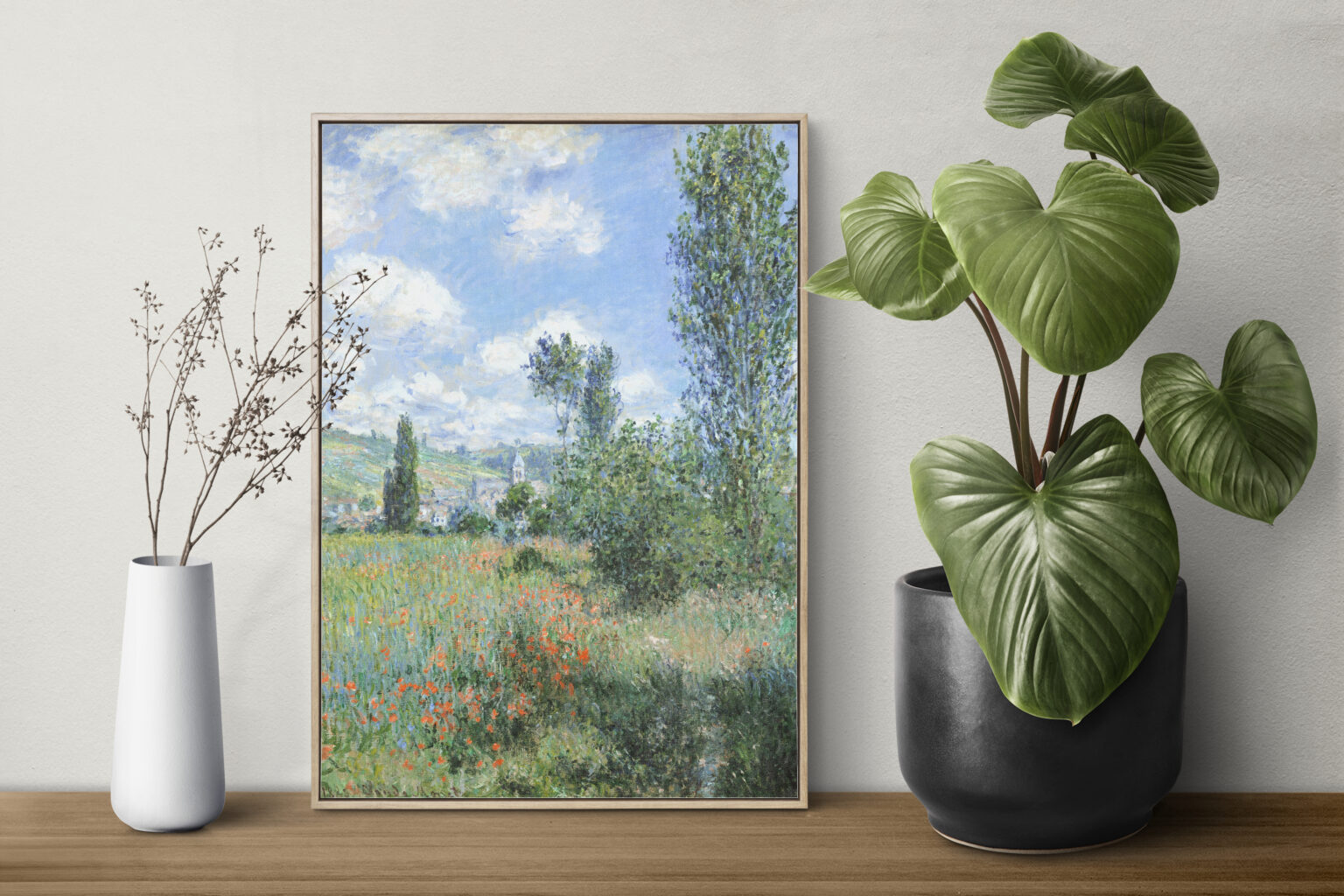Although there has been extensive talk about art as a viable investment, emotions drive high-net-worth individuals to take action. Beyond enjoyment, many own fine art paintings due to their heritage value, which isn’t solely determined by their value or artistic merit but also by their historical significance, provenance, and ability to tell a story. Some people own art to show it off to others. In any respect, these are excellent reasons for purchasing art.
The last few years have prompted the art world to eliminate many of its barriers to entry, compelling galleries, auctions, and fairs to go digital. Shopping online lets you search more intentionally, so you can focus on purpose rather than impulse. You don’t need an art degree to make your first serious purchase. Online marketplaces offer a vast selection of contemporary art paintings, so you can confidently find and purchase the artworks you love. When buying art online, the return policy is essential.
Buying paintings can be a richly rewarding experience, provided it’s approached thoughtfully. Here are a few tips to help you confidently navigate the road ahead:
Develop Your Personal Taste In Art
The art of painting is dissimilar to others not by colour but by the fact that it represents objects with three dimensions by creating the illusion of depth on a flat surface. Equally, many artists manage to depict the movements of objects, even if painting is inherently static. People try to reach agreements in their judgments of works of art. Each person expresses their opinion and tries to convince others to agree with them despite the fact that taste is highly subjective.
Art is meant to be enjoyed. Whether you’re an art collector, a dabbling art lover, or a nascent art aficionado, your perspective matters. You should trust your instinct and select pieces that genuinely resonate with you and evoke an emotional response. With so many art galleries, museums, and nonprofits, not to mention knowledge-based publications and accessible platforms like social media, there’s no shortage of places to view and engage with art. The more aesthetic experiences you’re exposed to, the better.
Consider The Scale And Proportions Of Your Space
It’s vital to consider the size of the painting in relation to your space. You don’t want to purchase an extra-large painting for a small wall that will make it seem cluttered or visually unbalanced, and neither do you want to have a small painting on a large wall, as it can feel “lost”. While you should determine whether or not a work of art speaks to you, you should also consider how it fits into your space.
If your home is characterised by careful consideration and unpredictability, you may want a painting in contrast to the style of the furnishings to highlight the diverse feel of the rooms. Conversely, if your residence is located near the beach, have artwork that reflects the spontaneous magic between light and water. You can hire an art advisor or appraiser when necessary; these professionals can offer impartial advice and guide you toward pieces that align with your taste.
Positioning your painting(s) is also key. Every time everyone walks into the room, the first thing they see sets the tone for all the others present. Look for common hues in your furniture and décor to guide your picks. Use small paintings between windows and doors and place larger pieces above sofas and mantels for people to step back and admire.
Determine Your Price Range Early On
Art is priceless in terms of inherent value and cultural significance, but it’s also a commodity with market value. Heightened attention has led to increased attention from collectors and investors, which, in turn, has driven up the prices of paintings. Paintings can be incredibly expensive, especially in the world of fine art, where prices soar into the millions, propelled by the artist’s reputation, the rarity of the piece, and its significance in society. Many pieces, irrespective of price, require custom framing.
Figure out how much you’re comfortable spending before you start shopping. For originals and reproductions, make sure to check the certification of authenticity, a source for proving provenance. It’s basically a piece of paper that serves as a historical record of sales and links the painting to the artist. With some exceptions, the purchase of an artwork for personal use is subject to VAT at the standard rate of 20%. This means you must manage the painting professionally and treat it as an investment.
Interact With The Painting(S) Before Buying (If Possible)
Indeed, many paintings are showcased online, but viewing a painting in person is critical. Engaging with art means looking at and discussing art for a deeper appreciation of the creative process; in some settings, such as museums, you can interact with others, share stories, and learn in a supportive environment. Very small paintings may be hard to see, whereas paintings installed close to others may be difficult to focus on. Overall, it’s a wonderful experience.
To engage with a painting, you must observe it closely to notice the subtle details, such as the brushwork, coloration, and texture, which might not be immediately evident. Suppose in-person viewing isn’t possible. In that case, you should request high-resolution images or a virtual tour of the painting. There are countless platforms that offer interactive, 360-degree videos and walk-around tours. You have the right to negotiate and wait for an offer you feel comfortable with.
Closing Remarks
Rushing into a purchase without proper research and due diligence can generate various problems, from financial to emotional. It’s recommended to walk away if you’re unsure. The right painting will still be out there, or another one that speaks to you will come along. The return policy allows you to exchange a purchased artwork for another piece of equal or lesser value.
Last but certainly not least, you should look into topics like art conservation. Use a soft, dry microfiber cloth to remove dust, never use cleaning agents, and inspect the painting from time to time to identify signs of deterioration like discoloration or visible mould. This significantly minimizes future damage.

















